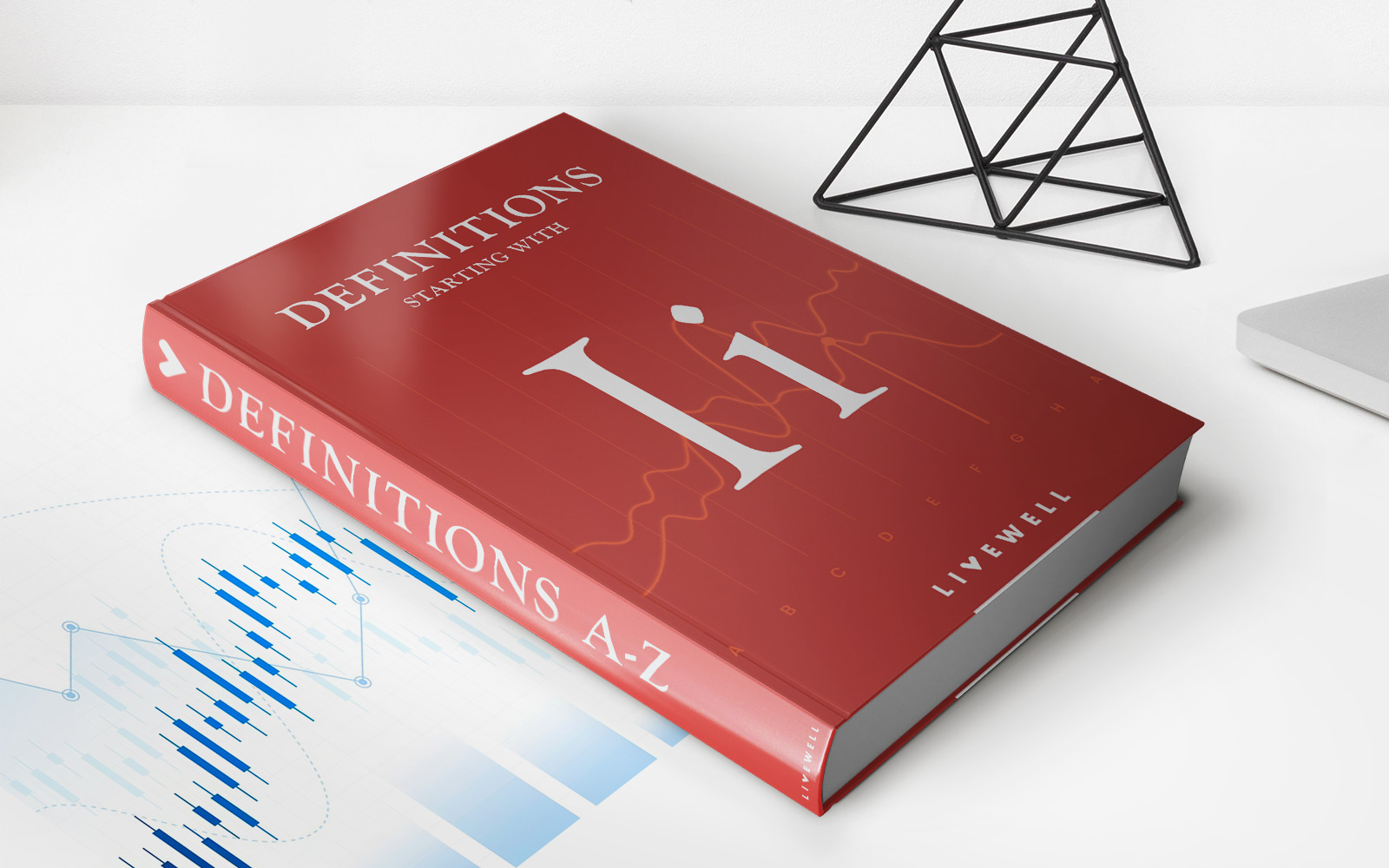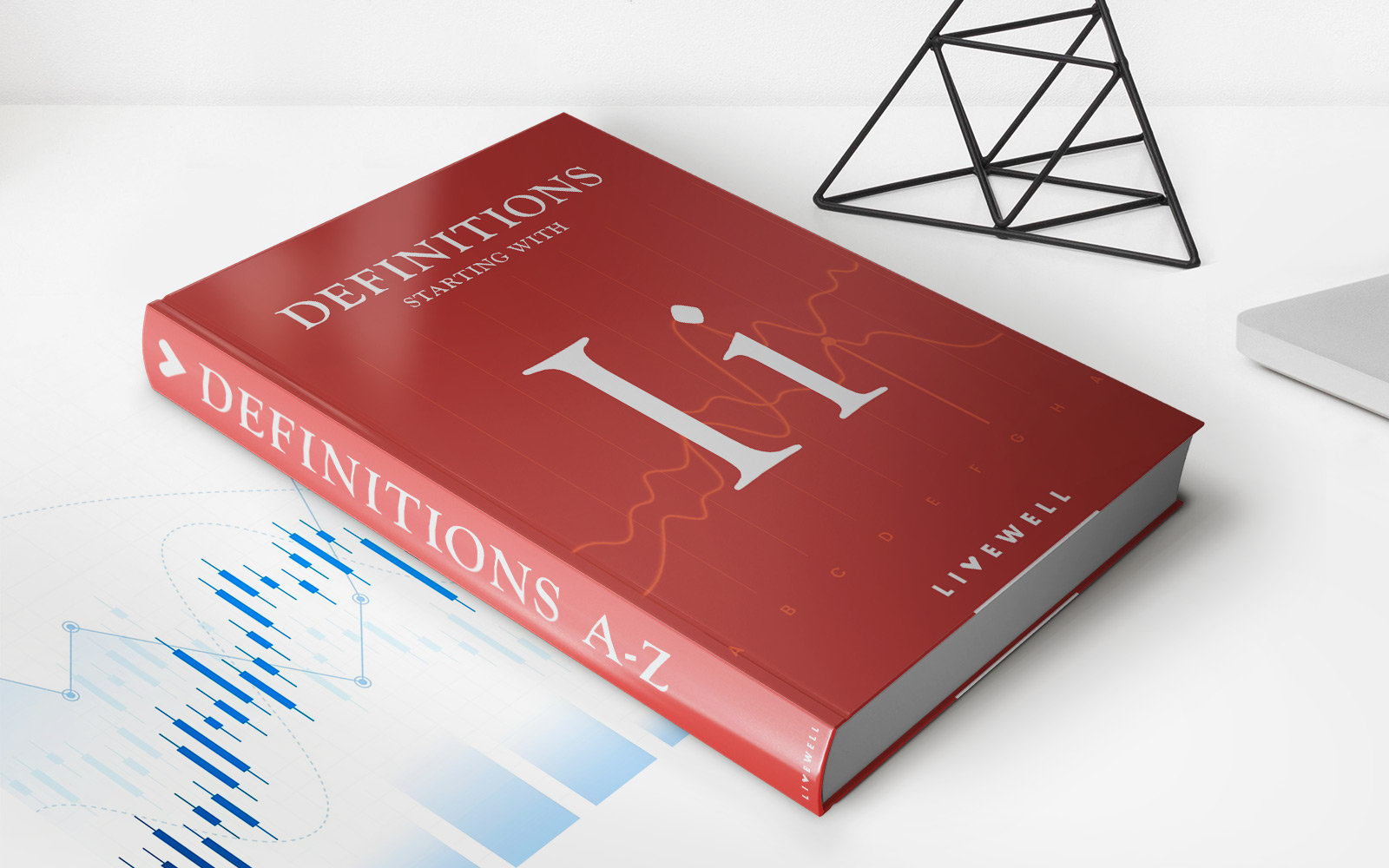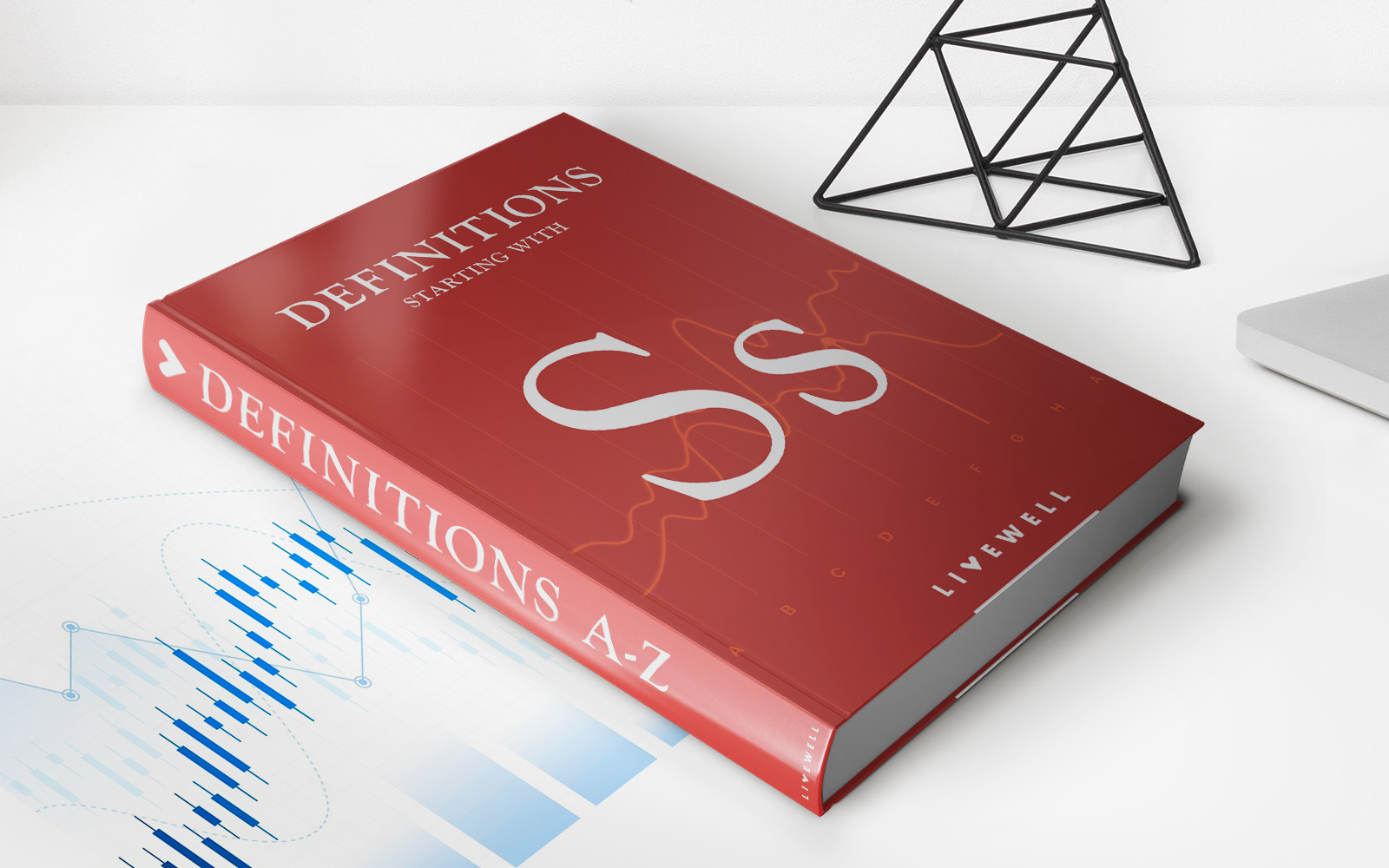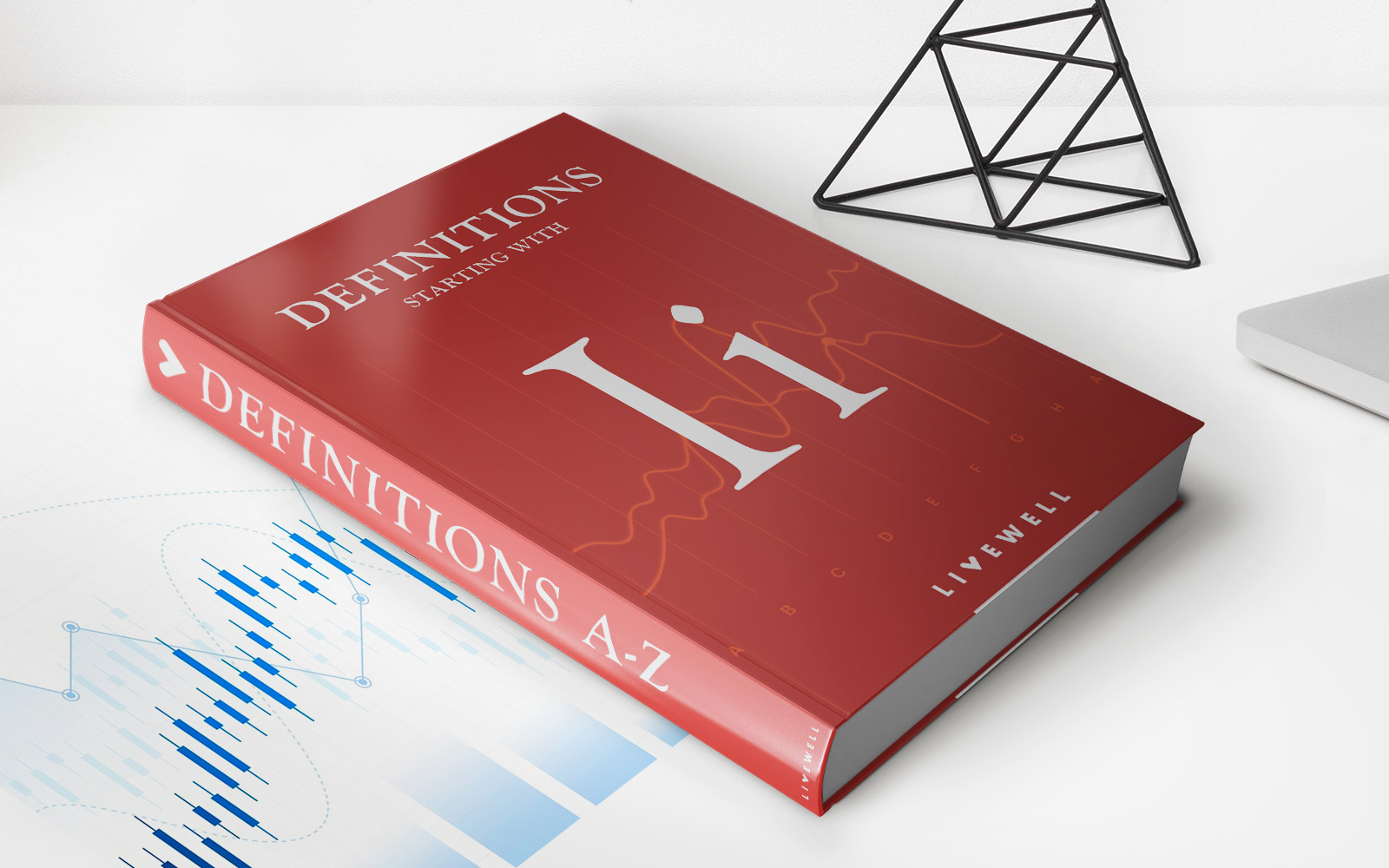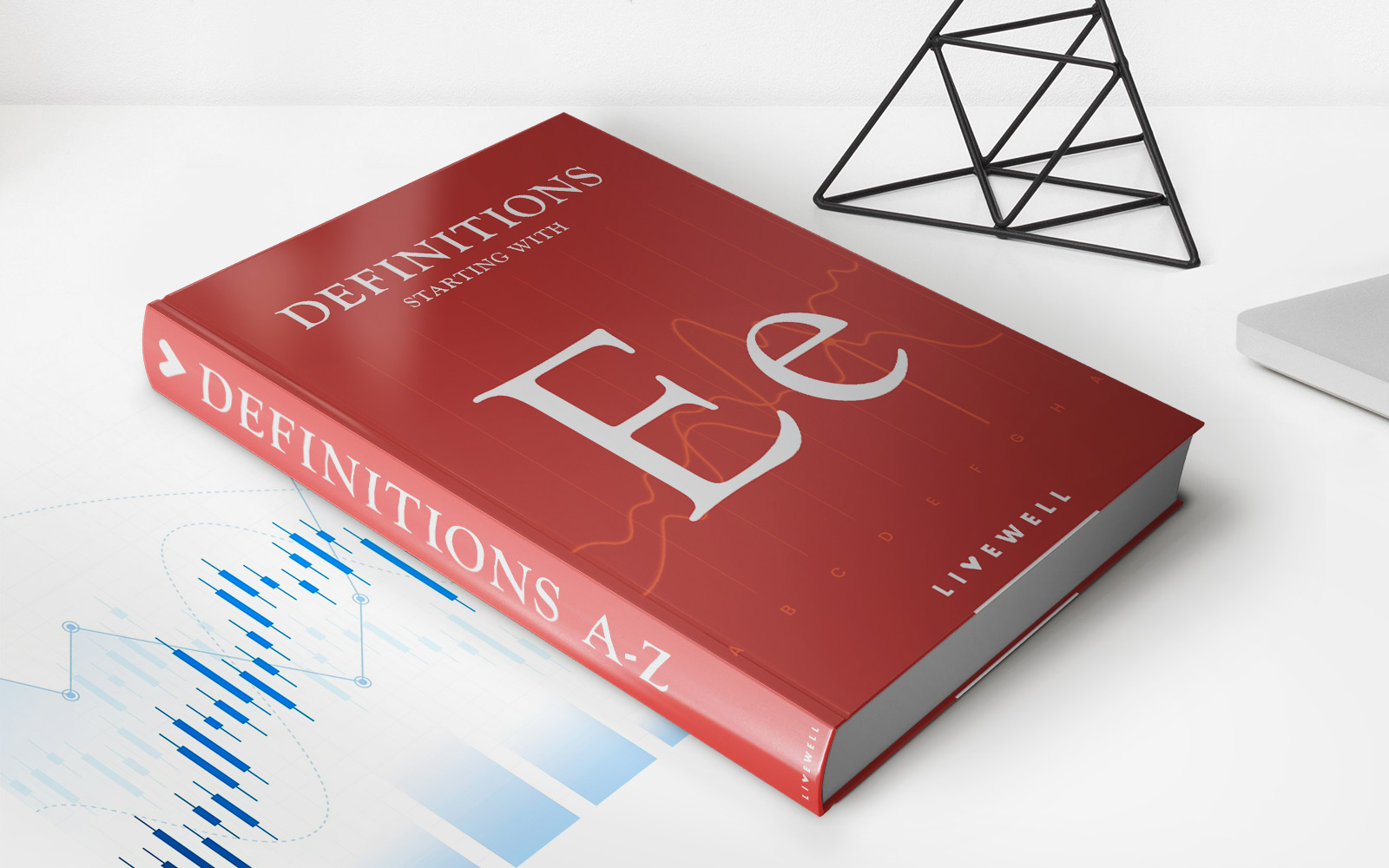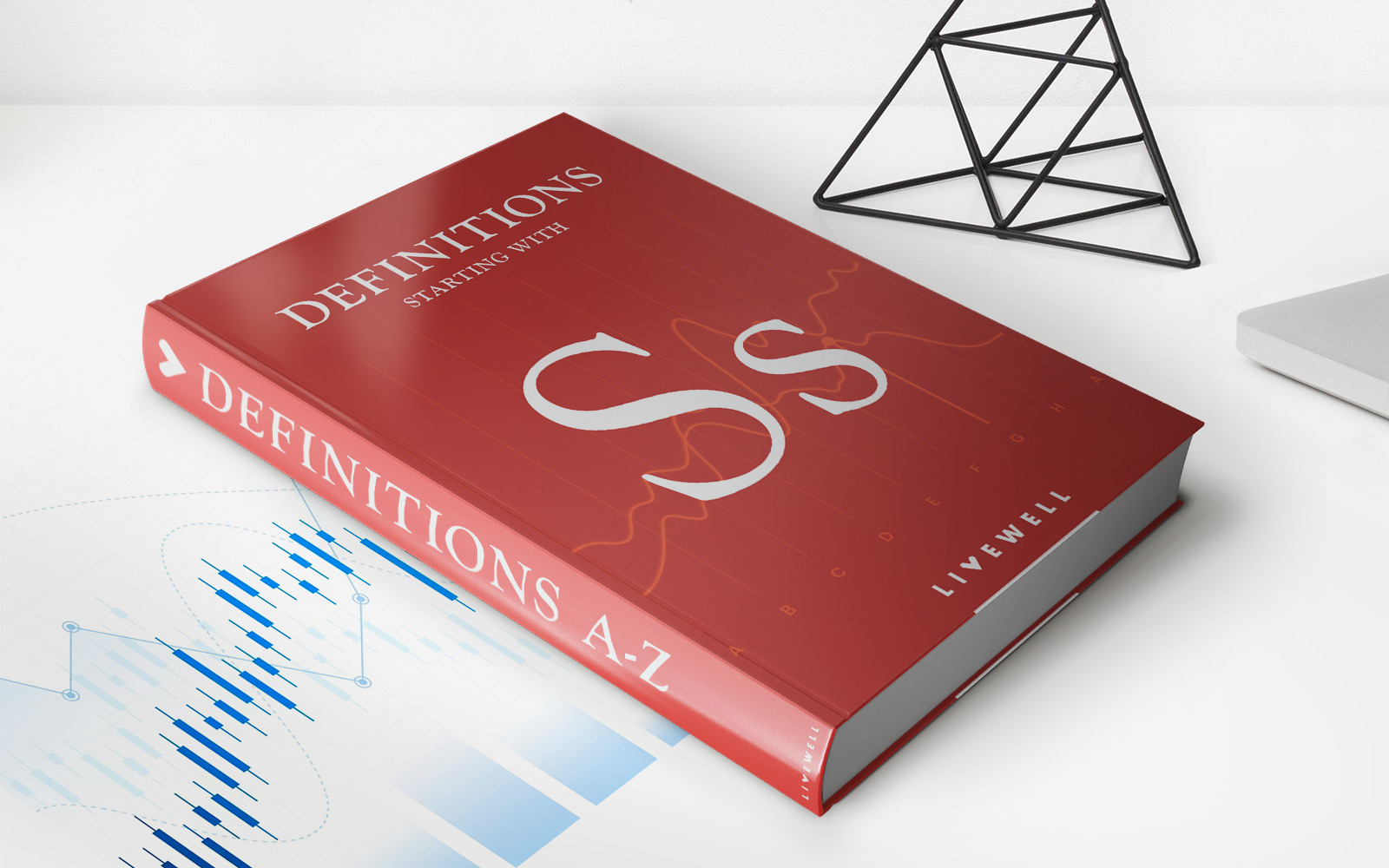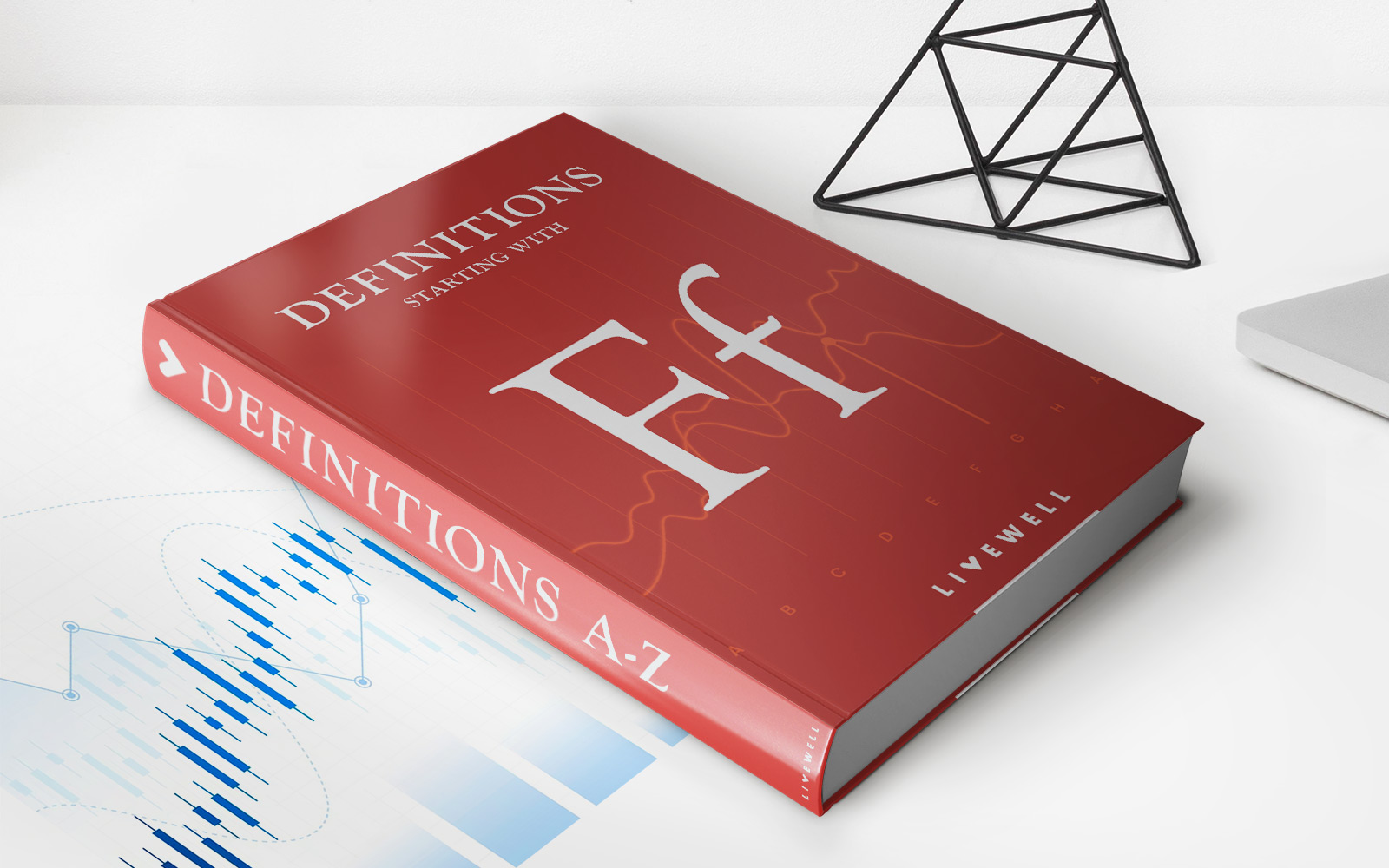Home>Finance>Inverse ETF: Definition, Comparison To Short Selling, And Example
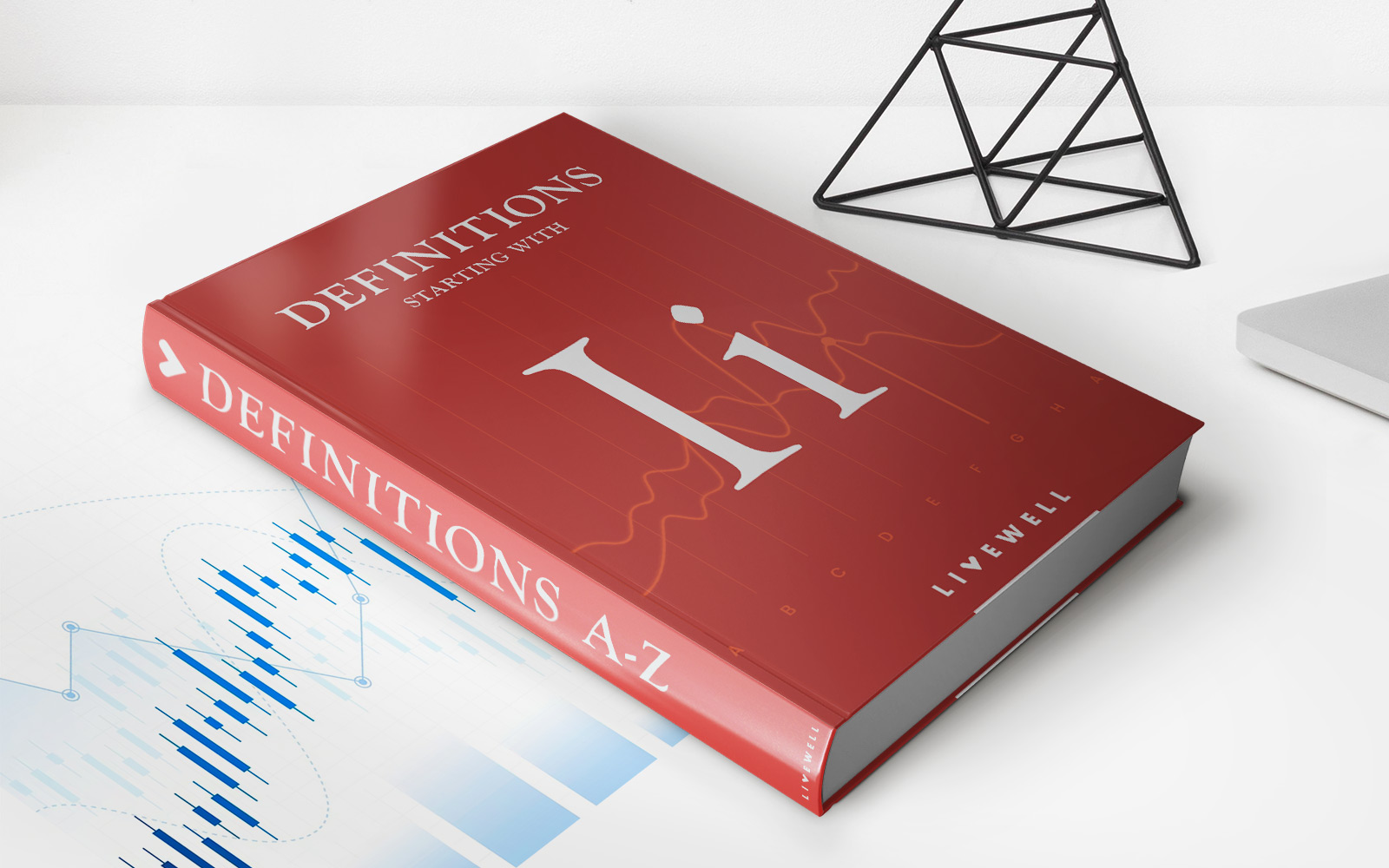

Finance
Inverse ETF: Definition, Comparison To Short Selling, And Example
Published: December 12, 2023
Learn about inverse ETFs in finance, including their definition, how they compare to short selling, and explore an example. Expand your financial knowledge now!
(Many of the links in this article redirect to a specific reviewed product. Your purchase of these products through affiliate links helps to generate commission for LiveWell, at no extra cost. Learn more)
Unlocking the Power of Inverse ETFs: Understanding the Definition, Comparison to Short Selling, and Example
When it comes to navigating the vast world of finance, having a solid understanding of different investment tools and strategies is key. In this article, we’ll explore the fascinating concept of Inverse Exchange-Traded Funds (ETFs). We will define what an Inverse ETF is, compare it to the more traditional practice of short selling, and provide a real-life example to illustrate its potential benefits. So, let’s dive into the world of Inverse ETFs and discover how they can enhance your investment portfolio.
Key Takeaways:
- Inverse ETFs are a type of exchange-traded fund that aims to deliver the opposite daily performance of a specific benchmark or index.
- Unlike short selling, where an investor borrows shares and sells them in the hope of buying them back at a lower price, Inverse ETFs allow investors to gain exposure to inverse movements in the market without the need for margin accounts or borrowing stocks.
Now, let’s delve further into what Inverse ETFs actually are and how they differ from short selling.
The Definition of Inverse ETFs
An inverse ETF is a type of ETF that tracks an underlying benchmark or index but aims to generate returns that are inversely proportional to the index’s performance. In simpler terms, if the benchmark goes down, the Inverse ETF goes up, and vice versa.
These innovative investment tools are designed to allow investors to profit from declining markets or sectors. By providing inverse exposure, they give investors the opportunity to hedge their existing long positions or take advantage of short-term market fluctuations.
Comparison to Short Selling
Inverse ETFs present a unique alternative to short selling. While short selling involves borrowing shares and selling them with the expectation of buying them back at a lower price, Inverse ETFs bypass the need for complicated borrowing arrangements.
Unlike short selling, Inverse ETFs are readily tradable on the open market, just like any other ETF. This feature makes them more accessible to a broader range of investors, including individual investors who might not have access to traditional short selling strategies.
Furthermore, short selling typically requires a margin account and can expose investors to substantial risks. In contrast, Inverse ETFs offer a simpler and potentially less risky way to achieve similar inverse exposure to a market or index.
An Example of Inverse ETF in Action
Let’s consider a scenario where an investor anticipates a downturn in a specific sector or market index. Instead of engaging in short selling, the investor decides to use an Inverse ETF to capitalize on the expected decline.
Suppose the investor believes that the Technology sector, represented by the XYZ Technology Index, is due for a correction. By purchasing shares of an Inverse Technology ETF, which aims to deliver the opposite daily performance of the XYZ Technology Index, the investor can potentially profit from the anticipated decline.
If the XYZ Technology Index decreases by 2% on a particular day, the Inverse Technology ETF would aim to deliver a positive return of 2% on that day. Conversely, if the index increases by 3%, the Inverse Technology ETF would aim to decrease by 3%.
This example illustrates how Inverse ETFs can provide investors with a convenient and straightforward method to capitalize on inverse movements in the market without the need for complex short selling strategies.
Enhancing Your Investment Strategy
As with any investment instrument, it is essential to thoroughly research and understand Inverse ETFs before incorporating them into your portfolio. While Inverse ETFs can be a powerful tool for hedging or seeking short-term gains, they also carry risks, such as potential tracking errors and increased volatility.
By familiarizing yourself with the definition, comparing Inverse ETFs to short selling, and studying real-life examples, you can add an additional layer of flexibility and potential upside to your investment strategy. Enjoy exploring this innovative investment vehicle and discover new avenues for success in the dynamic world of finance.




